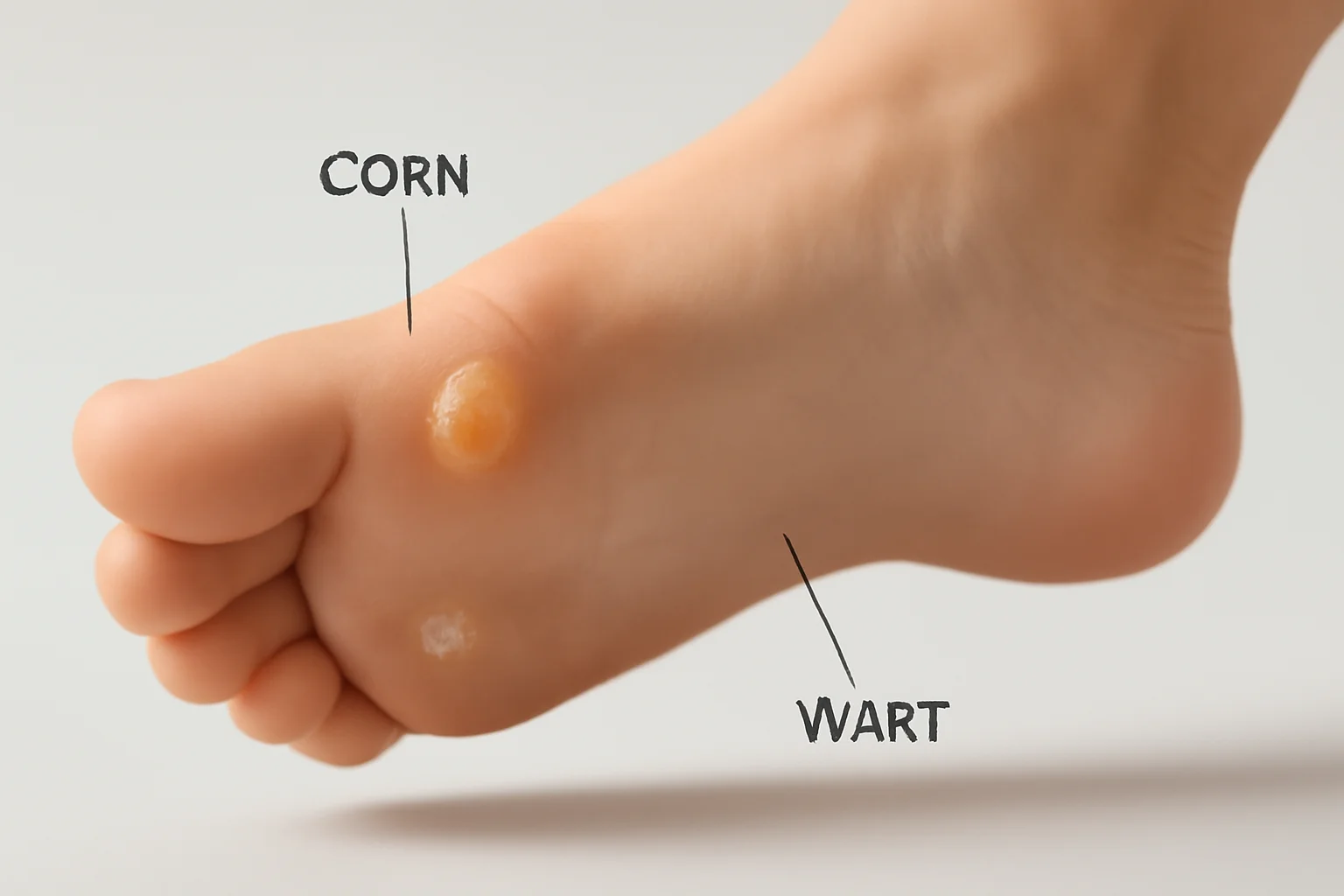
Understanding and Managing Hashimoto’s Disease in Everyday Life
The Hashimoto’s disease, also known as Hashimoto’s thyroiditis, is an autoimmune disorder that affects the function of the thyroid gland. The immune system mistakenly attacks the thyroid cells, leading to decreased hormone production and ultimately to hypothyroidism. The disease is much more common in women than in men and is often diagnosed between the ages of 30 and 50. Hashimoto’s disease is progressive in nature, meaning that in its advanced stages, the thyroid may experience significant functional disturbances.
The exact causes of Hashimoto’s disease are not fully understood, but genetic predisposition, environmental factors, and hormonal changes may all play a role in the development of the condition. Common symptoms of Hashimoto’s disease include fatigue, weight gain, sensitivity to cold, hair loss, and depression. Diagnosis is usually made through blood tests that measure the levels of thyroid hormones and autoimmune antibodies.
Treatment for Hashimoto’s disease typically involves hormone replacement therapy, which helps to normalize thyroid hormone levels, thereby reducing the symptoms of the disease. Proper treatment and lifestyle changes can help patients regain control over their lives.
The Symptoms of Hashimoto’s Disease
Hashimoto’s disease can cause a variety of different symptoms, and these symptoms often appear gradually. The most common symptoms of the disease include feelings of fatigue and exhaustion, which many people associate with the challenges of everyday life. However, those living with Hashimoto’s often find that the fatigue does not go away, and typical rest does not help.
Weight gain is also a common complaint that can develop as a consequence of hypothyroidism. Hormones play a role in regulating metabolism, so decreased thyroid function can slow down metabolism, leading to weight gain. Additionally, sensitivity to cold may occur, as thyroid hormones are responsible for regulating body temperature.
Hair loss is also a characteristic symptom of Hashimoto’s disease. Many affected individuals may notice their hair thinning or strands falling out. Furthermore, dry skin and brittle nails are also common manifestations of the disease. Hashimoto’s disease can also have psychological symptoms, such as depression, anxiety, and mood swings.
These symptoms do not always clearly indicate Hashimoto’s disease, so it is important for patients to seek medical examination and blood tests if they notice these signs. Establishing a diagnosis and starting appropriate treatment is crucial for managing the disease.
The Diagnosis Process
The diagnosis of Hashimoto’s disease typically involves several steps. The first step is a consultation with a specialist, where the doctor asks the patient about their symptoms, family medical history, and lifestyle habits. A detailed medical history helps the doctor assess the patient’s condition and the possible causes of the disease.
The next step is a blood test, which measures the levels of thyroid hormones, such as TSH (thyroid-stimulating hormone) and T4 (thyroxine). In patients with Hashimoto’s disease, TSH levels are usually elevated, while T4 levels may decrease. Additionally, the doctor will check the levels of thyroid autoantibodies, as those suffering from Hashimoto’s often show high antibody levels.
In some cases, an ultrasound examination may also be necessary, during which the doctor checks the size and condition of the thyroid. Ultrasound can also help assess the inflammatory state of the thyroid, which is characteristic of Hashimoto’s disease.
If the diagnosis is confirmed, the doctor will begin to develop a treatment plan. Hashimoto’s disease generally requires lifelong treatment, and the goal of therapy is to normalize thyroid hormone levels.
Treatment Options for Hashimoto’s Disease
Treatment for Hashimoto’s disease is individualized and depends on the severity of the disease and the patient’s specific needs. The most common treatment is thyroid hormone replacement therapy, during which patients receive synthetic thyroid hormone, such as levothyroxine. This medication helps restore the proper levels of hormones in the body, thereby reducing the symptoms of the disease.
In addition to hormone replacement therapy, it is important for patients to pay attention to their diet. A balanced diet rich in vitamins, minerals, and antioxidants can contribute to maintaining thyroid health. It is advisable to avoid inflammatory foods, such as processed foods and sugary products.
Stress management also plays a key role in the treatment of Hashimoto’s disease. Stress can negatively affect the immune system, so incorporating relaxation techniques such as yoga, meditation, or breathing exercises may be beneficial. Additionally, regular physical activity can help reduce fatigue and improve mood.
Treatment for Hashimoto’s disease generally requires a long-term commitment, and patients should regularly monitor their thyroid hormone levels with their doctor. Proper medical supervision and lifestyle changes can help patients feel better and minimize the effects of the disease.
**Warning:** This article does not constitute medical advice. Always consult your doctor for health issues.

